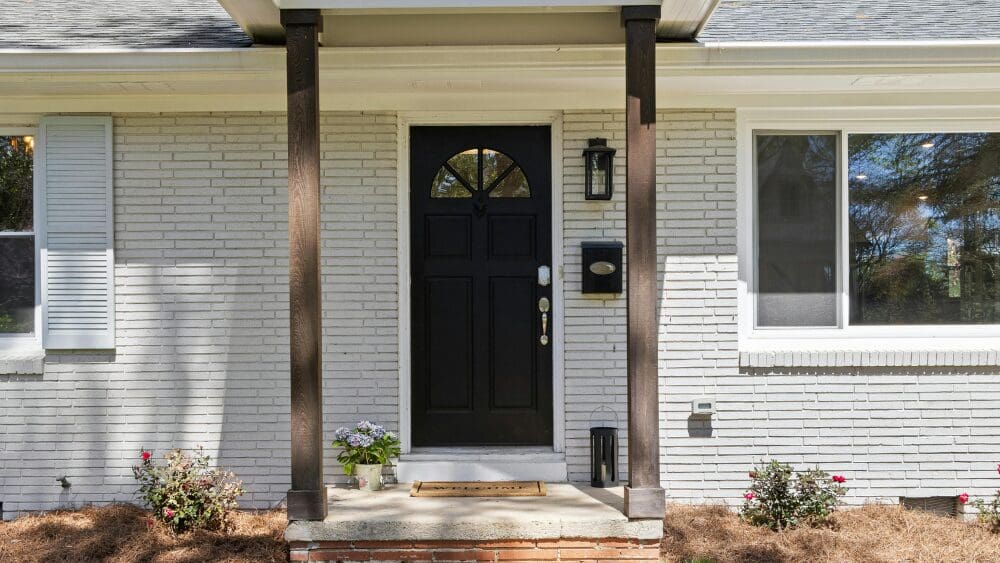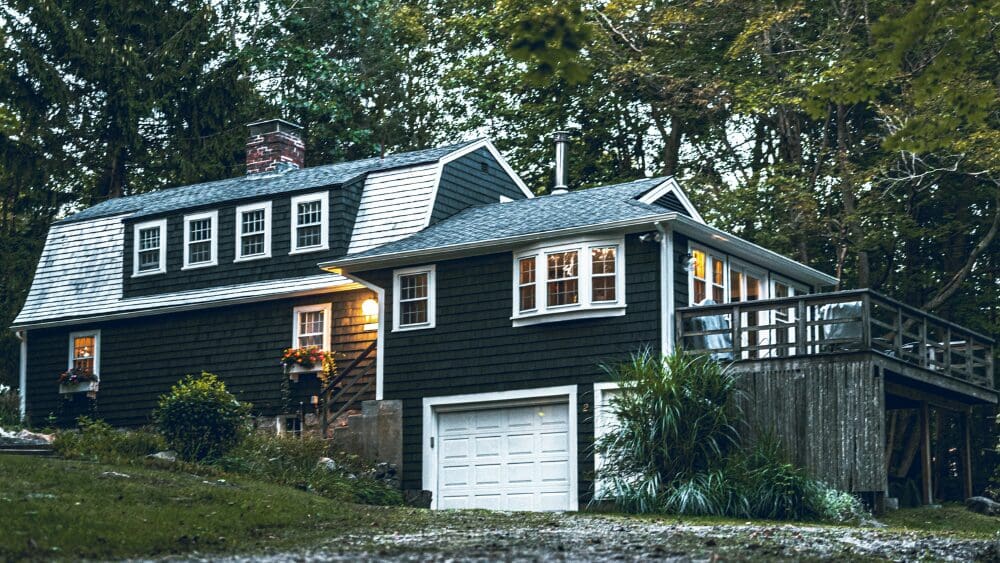
Buying a home comes with no shortage of expenses. There’s your monthly mortgage payment, property taxes, HOA fees, and homeowners insurance, not to mention regular maintenance. On top of all that, you may be required to purchase private mortgage insurance, or PMI. So, what’s the purpose of PMI, exactly? It’s meant to protect your lender if you stop making your mortgage payments. If you go into foreclosure, your home will be sold at auction, and it may not sell for enough to cover the balance of your mortgage. PMI makes up the difference to your lender. Are you required to get PMI? That all depends on a few factors. The good news is that, even if you’re required to have PMI, you can (eventually) get rid of it. Here’s what you need to know: PMI is a type of mortgage insurance that protects the lender if a borrower stops making payments. PMI is usually required when you obtain a conventional mortgage and make a down payment that’s less than 20% of the home’s purchase price. A conventional mortgage is any mortgage that’s not part of a government program, according to the Consumer Financial Protection Bureau (CFPB). So, FHA and VA loans are not conventional mortgages, as they are insured by government programs. If you’re shopping for a mortgage, you can find out whether you’re required to have PMI from your prospective lender. They are required to disclose PMI costs on your Loan Estimate and on your Closing Disclosure. Your lender may require you to make ongoing, monthly PMI payments, an up-front PMI payment at closing, or a combination of the two. Some lenders let you choose which option you prefer.When is PMI required?



